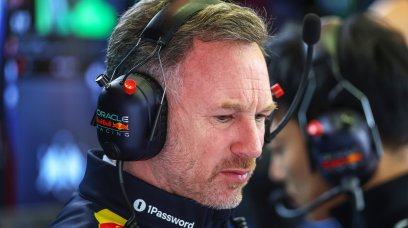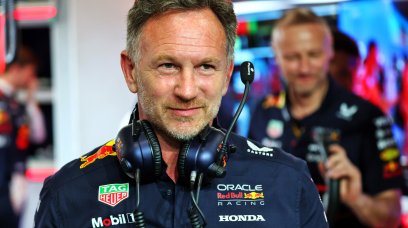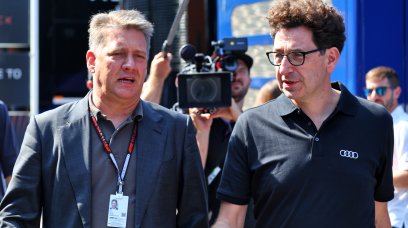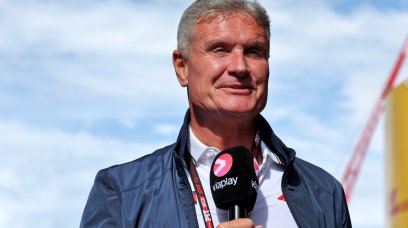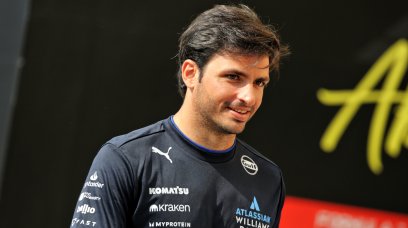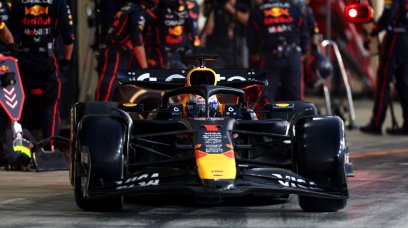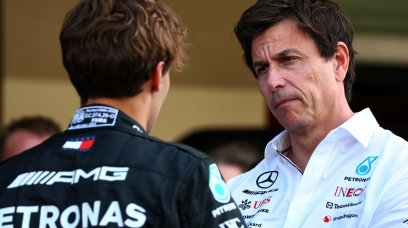Mercedes have moved to ease concerns that their engine caused a relative lack of straight-line speed at the Bahrain Grand Prix, pointing to the W13's aerodynamic set-up instead. Following a pre-season of struggles, Lewis Hamilton took a surprise podium in the season opener, with teammate George Russell close behind, but this could not disguise a clear deficit to the front of the field. At one stage of the race, the Silver Arrows sat more than half a minute behind the leading Ferrari and Red Bull, while the two Mercedes-powered McLarens, Williams and Aston Martins were cut adrift at the back of the pack. It led customer teams and drivers to note a lack of performance with Mercedes' new power unit, which - as per all manufacturers - had to factor in adjustments for the new E10 fuel and an engine freeze.
Mercedes' rear wing, not engine the root cause
However, according to Mercedes Chief Technical Officer James Allison, the straight-line deficit seen in Bahrain - at least for the factory outfit - was largely down to one key area. "I think most of that is coming from the size of our rear wing," said Allison in Mercedes' Bahrain Grand Prix debrief video. "If you look at the cars coming down the straights one after the other and just look at the frontal area of the rear wings that each team has, you will see that we were running the biggest rear wing. "Rear wings are a large factor in how much drag the car has, and the amount of drag a car has is a large factor in what the end-of-straight speed of the car will be. "Now, there will be other differences, of course – there may be small differences in the power of the engines. But I don't think any of us - none of the teams - have got a handle on that at the moment, exactly what the pecking order is, and they are likely to be small if differences at all. "The rear wings, on the other hand, you can see the differences there, and we did have the biggest wings."
Why were Mercedes running the "biggest wing"?
Allison then took the opportunity to explain why Mercedes had opted to run such a big wing for the Sakhir weekend. "You might ask: why were we running the biggest wing and, if we were running the biggest wing, why didn't we have the performance in our car that we might have hoped for?" Allison continued. "Well, that of course is the million-dollar question here. We've spent a lot of time and effort and love on trying to make the car as quick as it possibly can be, but we haven't yet delivered something competitive. "We are having to run a big wing at the moment to give ourselves the downforce to do the best lap time we can with our car, but it is falling short of what is necessary for competitiveness. "With a bit of luck, in the coming races we will rapidly improve our car and that will allow us also to drag some rear wing out of it, and will allow us to pick up our speed on the straight as a consequence."
Most read
